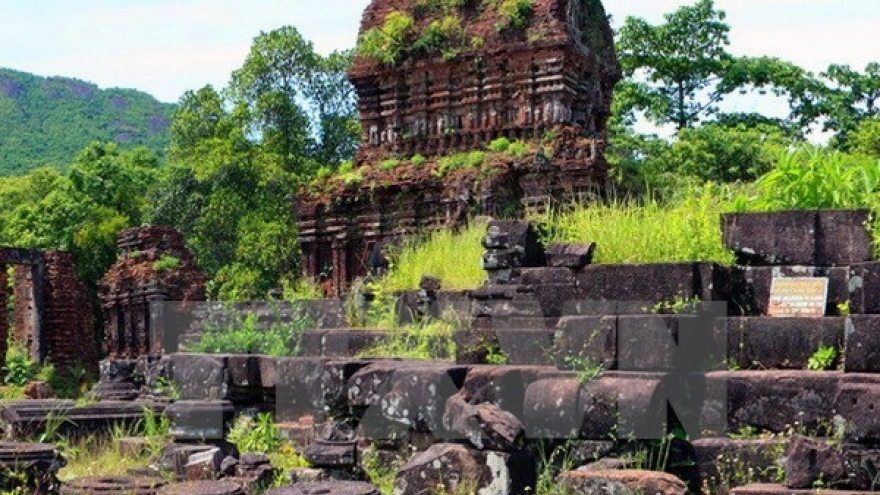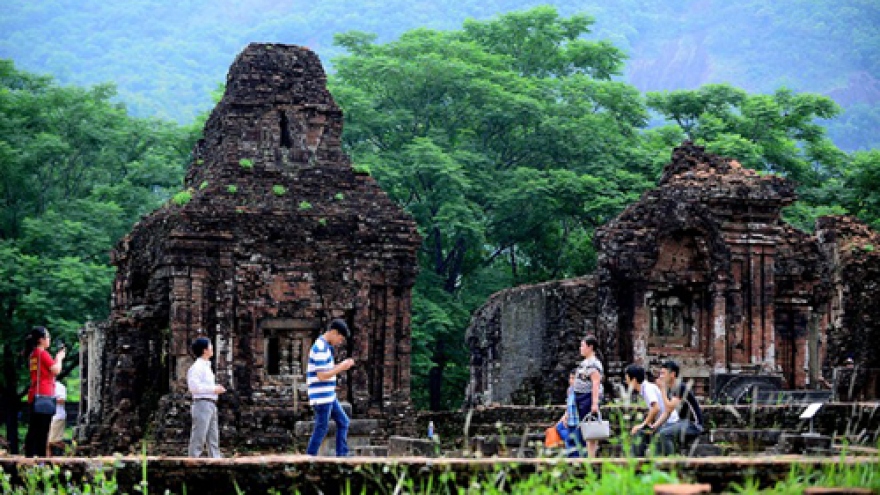Hue museum to reopen Champa collection this November
Another chance to take a look at the civilization.
 |
A section focusing on the Cham culture within the Museum of Royal Antiquities in Hue will be reopened to all visitors on November 23 after more than seven decades.
The collection, available to only researchers at the moment, features more than 30 artifacts discovered in the central province of Thua Thien-Hue and nearby regions by scholars at the French School of the Far East.
It is believed to be one of the most complete collection on the Champa culture, which flourished between 3,000 and 1,800 years ago along the central coast.
The Hue Museum of Royal Antiquities opened 1923, originally named after Khai Dinh, the 12th emperor of the Nguyen Dynasty.


